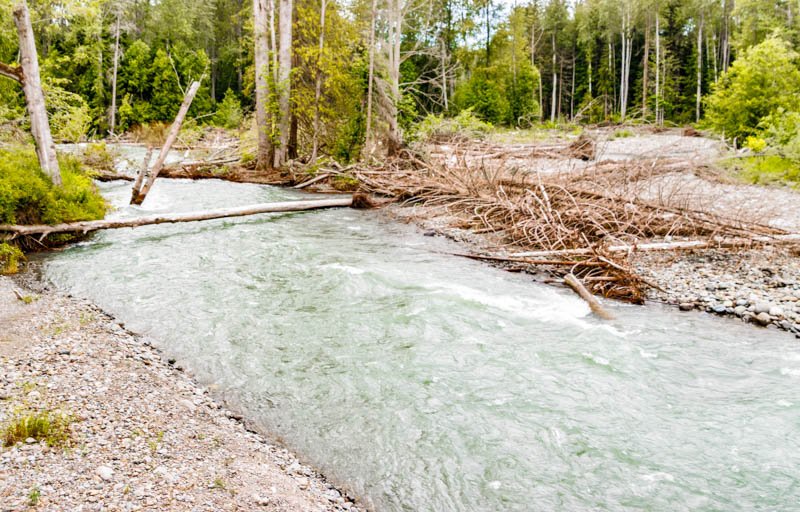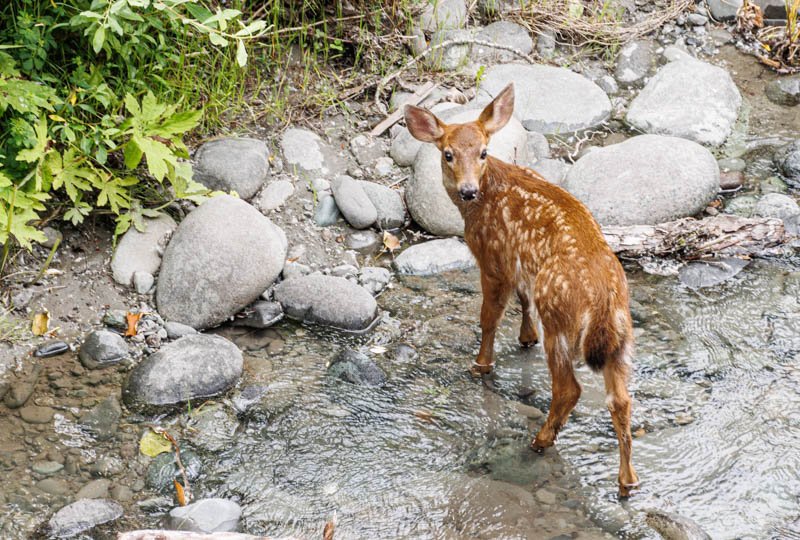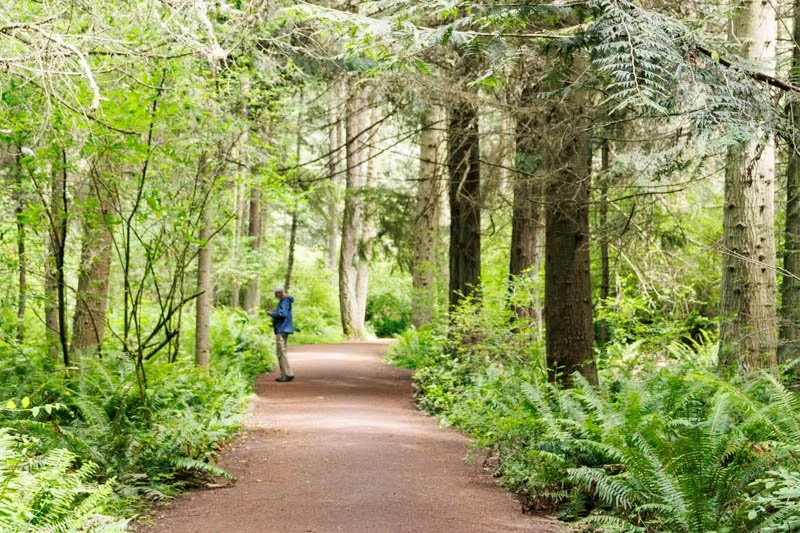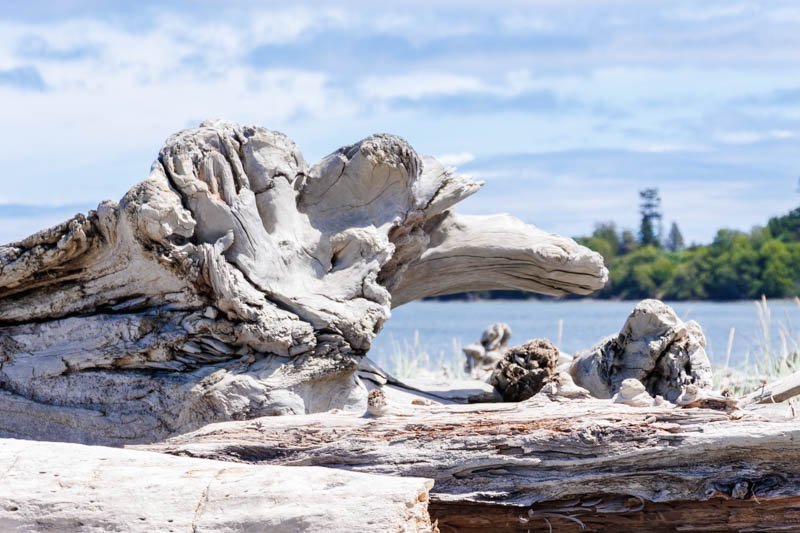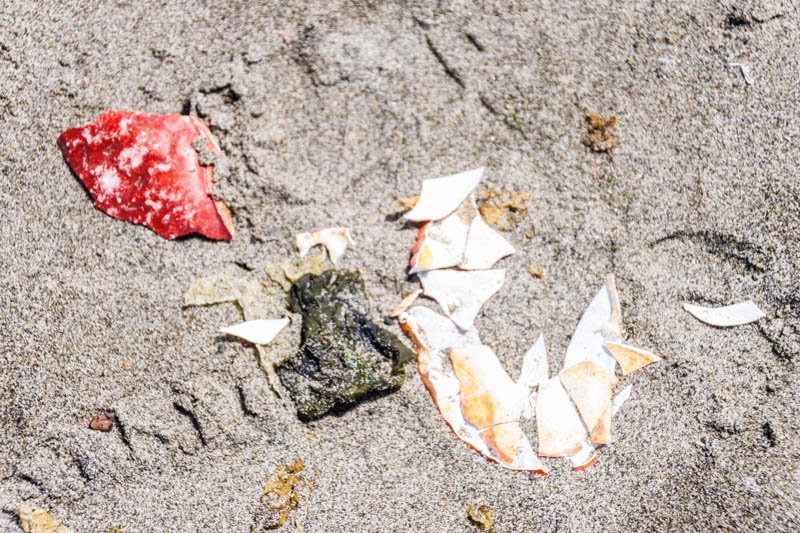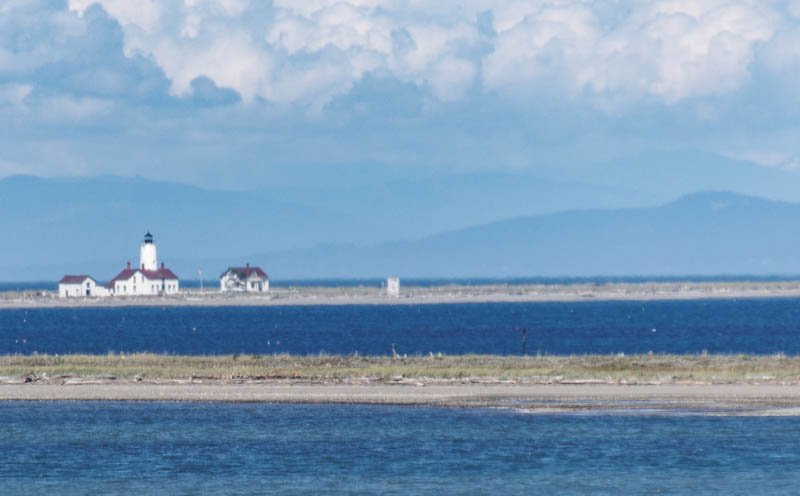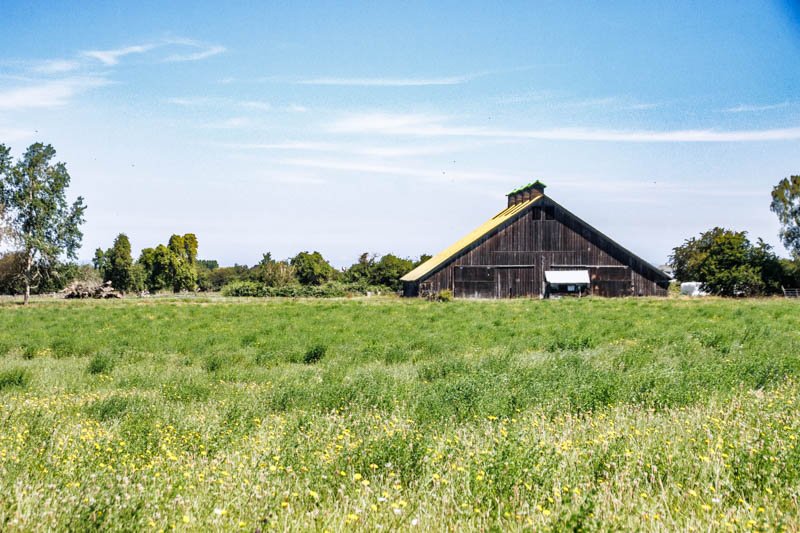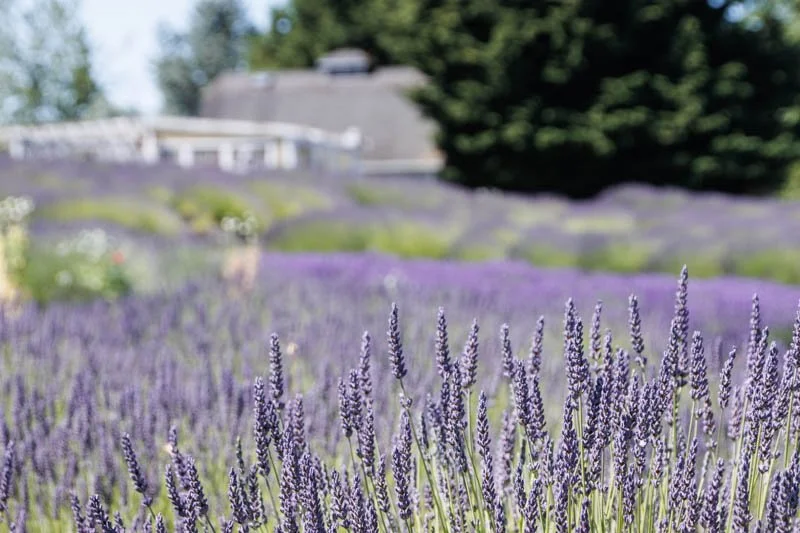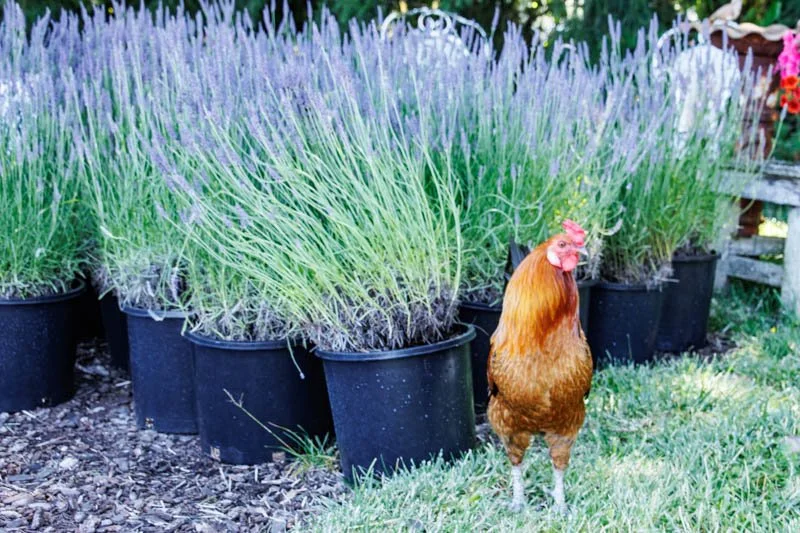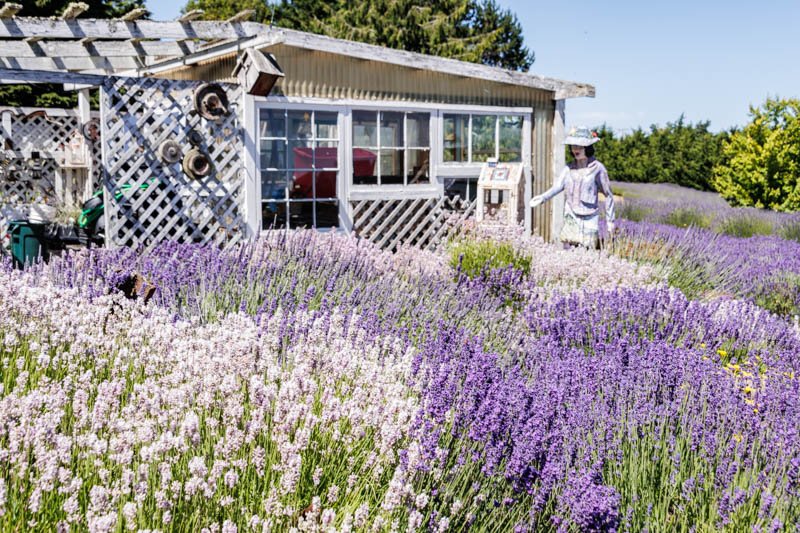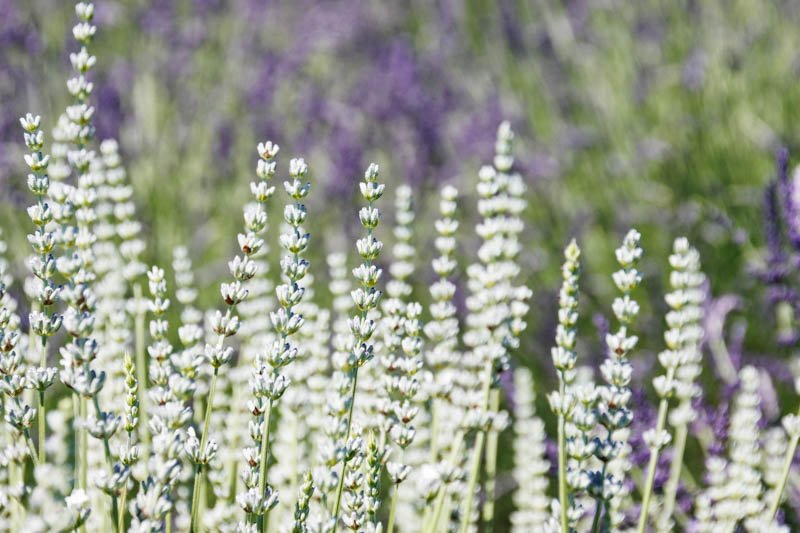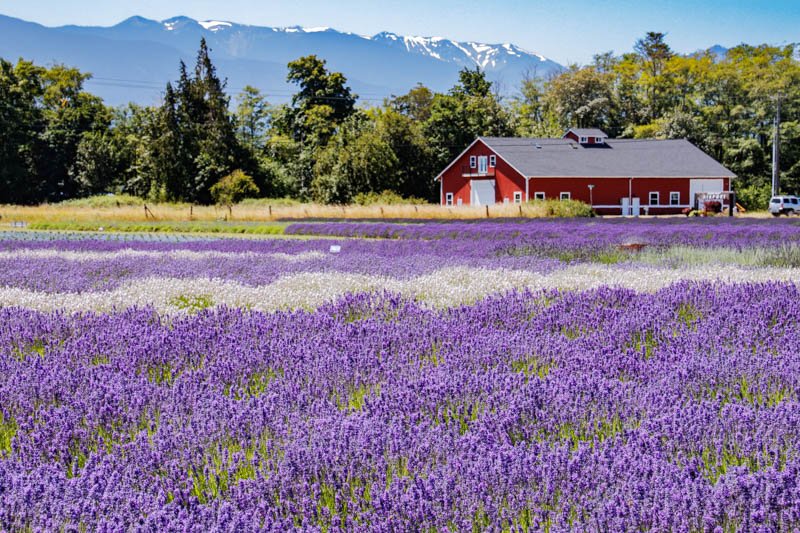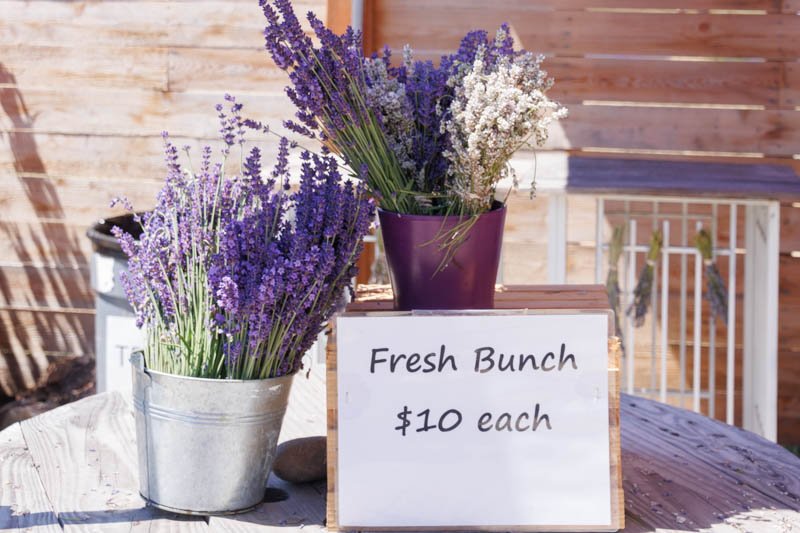Sequim
It has been at least thirty years since my last visit to Sequim. We used to go camping nearby at Deer Park and always had breakfast on the way home at the Oak Table restaurant after waiting for at least 30-45 minutes for our table. My current visit was not a camping trip and there are still lines for breakfast at the Oak Table. But so much else has changed.
From 1915-1980 the Railroad Bridge carried passengers and cargo from Port Townsend to Port Angeles. The cargo was first transported to Port Townsend from Seattle by barge then moved to Port Angeles. The Railroad Bridge Park is part of the Olympic Discovery Trail, a walking, running and bike trail connecting Port Townsend with the Pacific Ocean at La Push. The bridge crosses the Dungeness River in Sequim.
In 1992 volunteers replaced the railroad planks from the bridge so it could be part of the Discovery Trail. Several huge storms within six weeks in 2015 caused the center of the bridge to collapse. In 2014 a huge flood redirected the river’s channel from under the Railroad Bridge to its current location, 230 feet to the west.. The entire bridge was repaired and repaved, and reopened in 2016. I walked for an hour or so across the bridge and along the Trail. Standing on the bridge you can see both the former and the existing flows of the river. Work is being done right now to open the flow to recover the natural flood plain and to add a pedestrian walkway to the bridge over the water.
The Dungeness River Nature Center is located near the entrance to the Railroad Bridge on the Dungeness River, the ancestral watershed of the Jamestown S’Klallam Tribe. The Center partners with the Olympic Peninsula Audubon Center and the Jamestown S’Klallam Tribe to protect and enhance the river habitat for the sake of the salmon and the people of the Peninsula. The Center just completed an extensive remodel, and its opening day was the week following my visit, but I look forward to returning and exploring all it has to offer.
I recall during my last visit to Sequim and the Dungeness Spit that we hiked down a long rocky trail that was not well maintained, from its entrance to the Spit, and I recall it being quite challenging. I was not looking forward to that hike this time and was quite surprised and pleased to find that a new trail had been constructed, making the trip to the water very enjoyable and easy. The first half of the trail was a wide, flat, well manicured path bordered by tall trees and large ferns before it begins to decline. The second half was a decline to the beach but not difficult. I took my poles but didn’t need them.
Otherwise known as the Dungeness National Wildlife Refuge, the Spit, a gorgeous narrow strip of sandy beach, five and a half miles long, sits in the Strait of Juan de Fuca. If you walk to the very end, you will reach the lighthouse. Walking or by boat, are the only ways of reaching the lighthouse – 11 miles round trip. I love the water, and I was in my happy place exploring the driftwood, shells, other natural remains from the water during low tide, and just sitting, watching the waves, and wondering what was happening in Canada on the other side of the Strait. It was so beautiful and relaxing; I could have stayed a lot longer.
Once you leave the unique downtown area with local shops and restaurants, Sequim becomes increasingly rural the farther away you go. You’ll see farms and barns, homes with large plats of land, cows, horses and chickens and beautiful mountains with white, snowy tips. One day I visited some long time friends, Dale and Diana. They had fairly recently moved to Sequim from West Seattle where they had a lovely home that sat in between two other houses, with not much space in between. I recently visited them at their Sequim home that had a huge lot off of Happy Valley Road. The views were gorgeous, the gardens were prolific and the inclining drive to their home was amazing.
For decades, the Sequim-Dungeness Valley was one of the busiest and productive dairy regions in the state. The first cows were brought from Victoria, BC in 1860. In the 1940’s there were 949 farms with milk cows in the county. Sequim was the primary supplier of milk for Seattle. Despite the improvements in agricultural technology related to milking, young men who in the past grew up and stayed on the farms left the area to earn living in other ways. They couldn’t leave town fast enough which contributed to the demise of the dairy industry. In 2012 there were only two commercial dairy farms in the Valley. The land that had previously been used for the dairy industry, was no longer cultivated.
Several lavender growers envisioned the rolling fields to be replaced with lavender and the agricultural base of the Sequim Prairie to be restored. Eight lavender fields were created between 1995 and 1998, and since then 30 more have been established. When I was here more than thirty years ago, lavender agriculture had not yet started.
How did Sequim become the Lavender Capital of North America? Rather than having a rainy climate as its neighbors, Sequim is in what’s called a “rain shadow”. That means it is located in the “downwind” position of the Olympic Mountains, resulting in a very sunny and dry climate. Rain shadows form when humid prevailing winds roll in from the ocean and are intercepted by mountains. As the moist air rises along the mountain's windward side, it begins to cool down, condense and precipitate. This process essentially dehumidifies the air by the time it makes it over the mountain peaks, casting a "shadow of dryness" down along the leeward side of the mountain. Sequim receives only about 10-15 inches of rain a year as compared with Forks, on the west side of the Olympic Peninsula which receives 110-120 inches a year.
Over 110,000 lavender plants are grown in the Sequim valley each year which support, garden, culinary, crafts, décor, and medical industries, among others. Each lavender farm has a little shop on its site to sell products such as soaps, candles, bouquets, lavender iced cream and more. Thousands of people visit Sequim during its annual weekend Lavender Festival which supports the economy of the area in so many ways. Thousands of people visit Sequim during the Festival which supports the economy of the area in so many ways.
As I said at the beginning of this post… so much has changed since I had been here so many years ago. And I’ll come back many more times in the future. It’s such a lovely place to rest one’s mind.



